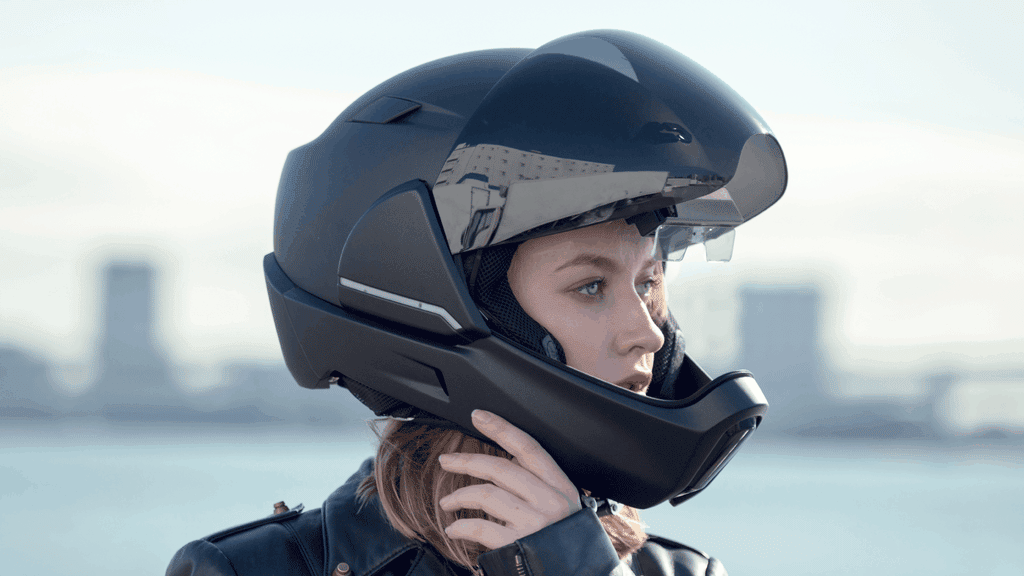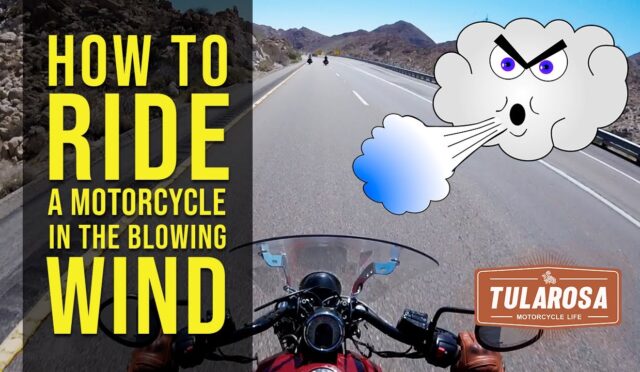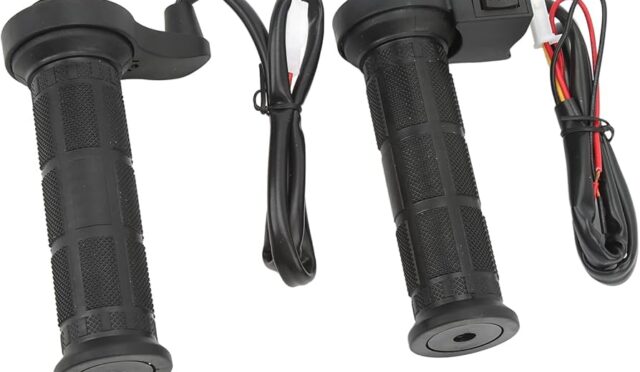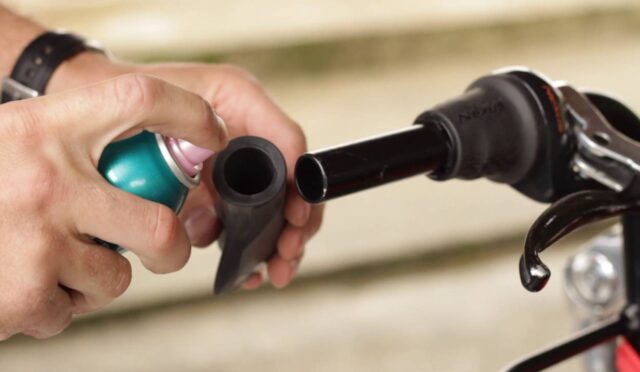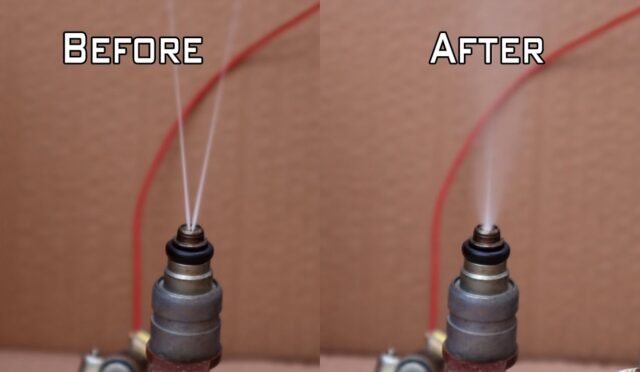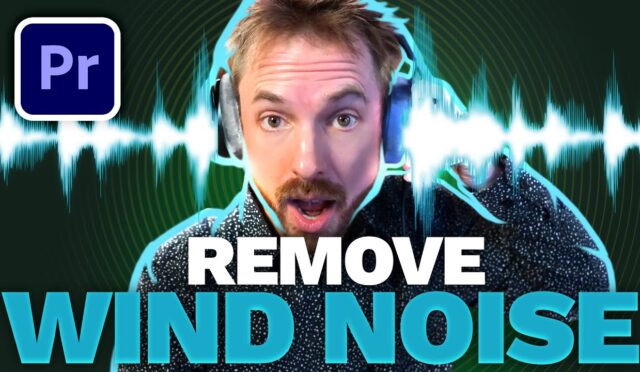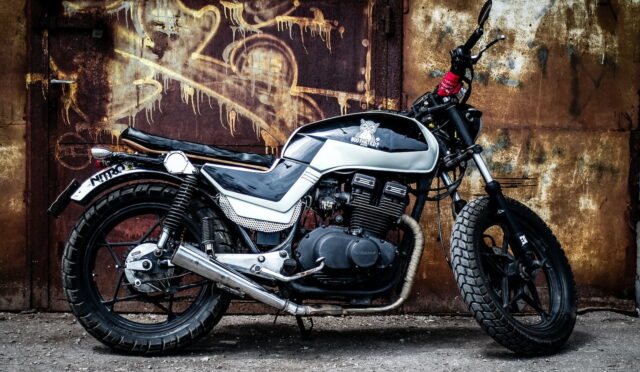Wearing a motorcycle helmet is essential for safety. A common question riders have is whether their chin should touch the helmet. Understanding this can help ensure a good fit and maximum protection.
When you wear a helmet, it should sit snugly on your head. Your chin should not touch the helmet when you are in a relaxed position. If your chin touches the helmet, it may indicate that the helmet is too small. A helmet that fits correctly should have a slight gap between your chin and the helmet.
The right fit is crucial for safety. A helmet that is too tight can cause discomfort and may not protect you as well in an accident. Conversely, a helmet that is too loose can shift during a crash, reducing its effectiveness.
Most helmets come with adjustable features. These features can help you achieve a snug fit without your chin touching the helmet. Make sure to adjust the straps and inner padding properly.
Prices for motorcycle helmets vary widely. You can find budget options starting around $50. High-end helmets can cost over $500. Investing in a good helmet is vital for safety and comfort.
Helmets also have specifications to consider. Look for safety ratings such as DOT, ECE, or Snell. These ratings indicate the helmet meets certain safety standards. A well-rated helmet is crucial for reducing the risk of injury.
In summary, your chin should not touch your motorcycle helmet when it fits properly. Ensure your helmet is snug but comfortable. Check for safety ratings and consider your budget. Prioritize safety and comfort for an enjoyable ride.
Understanding Helmet Fit: Does Proper Chin Placement Enhance Safety And Comfort?
Understanding proper helmet fit is crucial for safety and comfort when riding. One question often asked is, Should my chin touch my motorcycle helmet? The answer lies in the importance of chin placement and how it affects helmet performance.
When wearing a motorcycle helmet, the chin strap should fit snugly. This ensures that the helmet remains in place during a ride. A helmet that moves or shifts can lead to serious injury in an accident. Proper chin placement helps keep the helmet aligned with your head, providing maximum protection.
Here are a few key points about chin placement and helmet fit:
- The chin should rest comfortably against the helmet’s chin bar.
- A gap between the chin and helmet can indicate poor fit.
- The chin strap should be tight but not uncomfortable.
- Ensure the helmet does not move when you shake your head.
- Proper fit minimizes wind noise and enhances comfort.
To help understand helmet fit, consider the following table:
| Helmet Feature | Impact on Safety | Impact on Comfort |
|---|---|---|
| Chin Strap Tightness | Prevents helmet movement | Can cause discomfort if too tight |
| Chin Bar Height | Protects jaw and chin | Should not push against chin |
| Overall Fit | Ensures helmet stays on | Affects overall riding experience |
Finding the right fit is essential. To ensure a proper fit, consider these steps:
- Try the helmet on for a few minutes.
- Check for pressure points on your forehead or cheeks.
- Look for a snug fit without excessive tightness.
- Adjust the chin strap for a secure feel.
The right helmet fit enhances both safety and comfort while riding. Remember, a helmet that fits well protects your head effectively. Therefore, proper chin placement plays a vital role in achieving this goal. Always prioritize fit over style when selecting a helmet for your rides.
Exploring The Importance Of Helmet Position: How Chin Touch Affects Protection In A Crash
When riding a motorcycle, safety is a top priority. One critical aspect of safety is wearing a properly fitted helmet. Many riders wonder, “Should my chin touch my motorcycle helmet?” Understanding the answer is vital for protection during a crash.
The position of your helmet can directly affect your safety. A correctly positioned helmet can absorb impact energy more effectively. If the helmet sits too high or low, it may not provide adequate protection.
Chin touch is an important factor in helmet positioning. When your chin touches the helmet, it indicates that the helmet fits snugly. This snug fit helps keep the helmet in place during a crash. A well-fitted helmet reduces the risk of head injuries.
Consider the following key points about helmet fit:
- The helmet should fit snugly without being uncomfortable.
- Your chin should lightly touch the helmet when your head is level.
- The helmet should not move when you shake your head.
- The visor should sit just above your eyebrows.
The table below outlines the features of different helmet types:
| Helmet Type | Features | Price Range |
|---|---|---|
| Full-Face Helmet | Maximum coverage, protects jaw and face | $150 – $800 |
| Modular Helmet | Convertible, can lift chin bar for convenience | $200 – $900 |
| Open-Face Helmet | Good visibility, less coverage | $100 – $500 |
| Half Helmet | Minimal coverage, lightweight | $60 – $300 |
In summary, ensuring that your chin touches your motorcycle helmet is vital for safety. A proper fit enhances protection during a crash. Always choose a helmet that fits snugly and meets safety standards. Your choice can make a significant difference in your safety on the road.
Expert Tips For Adjusting Your Motorcycle Helmet: Finding The Ideal Chin Distance For Optimal Ride Safety
When it comes to motorcycle safety, adjusting your helmet correctly is crucial. One important aspect of this is the chin distance. Here are expert tips for finding the ideal chin distance for optimal safety while riding.
The chin distance is the space between your chin and the chin bar of the helmet. This distance is vital because it affects how secure your helmet fits. A proper fit can help prevent injuries in case of an accident.
So, should your chin touch your motorcycle helmet? The answer is no. Your chin should not press against the chin bar. Here’s why:
- A proper gap allows for comfort during long rides.
- It prevents pressure points that can cause headaches.
- A slight distance ensures that the helmet can absorb impact effectively.
To find the right chin distance, follow these steps:
- Wear your helmet and secure the straps.
- Check if you can fit one finger between your chin and the chin bar.
- Adjust the helmet’s fit pads to create a snug but comfortable fit.
The table below outlines recommended chin distance specifications:
| Helmet Type | Recommended Chin Distance |
|---|---|
| Full Face Helmet | 1 finger width |
| Modular Helmet | 1-2 finger widths |
| Open Face Helmet | 2 finger widths |
Remember, a well-fitted helmet enhances your safety on the road. Regularly check the fit, especially if you change hairstyles, gain or lose weight, or after extended use. Your helmet should feel secure but not overly tight.
In conclusion, ensuring the correct chin distance is essential for optimal ride safety. Always prioritize comfort and fit to enjoy a safer riding experience. Adjust your helmet as needed, and ride with peace of mind.
Ideally, your chin should not touch your motorcycle helmet. A proper fit allows for some space, ensuring comfort and safety while minimizing movement during a ride.
If your chin touches the helmet, it may indicate that the helmet is too small or not properly adjusted, which can compromise both comfort and protection in case of an accident.
A correctly fitting helmet should feel snug without being overly tight. You should be able to move your head without excessive pressure on your chin or forehead.
Yes, a snug helmet enhances safety by preventing it from shifting upon impact, ensuring that it stays in place to provide maximum protection during a crash.
If your helmet feels too tight, consider trying a different size or model. Ensure that it meets safety standards while offering a comfortable fit.
While there is no one-size-fits-all measurement, it’s important to measure your head circumference and refer to the manufacturer’s sizing chart for the most accurate fit.
Comfort is crucial for promoting longer rides and maintaining focus, as an uncomfortable helmet can cause distractions or fatigue while riding.
Many helmets have adjustable padding or straps to help achieve a more customized fit. Always follow the manufacturer’s instructions for adjustments.
A helmet should feel comfortable but not be overly broken in, as excessive wear can compromise its protective capabilities. Regularly inspect it for any signs of damage.
It’s generally recommended to replace your helmet every 3 to 5 years, or sooner if it has sustained an impact or shows significant wear and tear.

